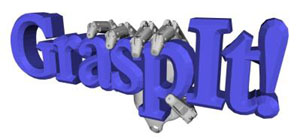Walking in Their Shoes: Poverty in America
Published:
A game that presents scenarios of impoverishment in America. Written as part of a collaboration with researchers at Yale to encourage subjects to gain an alternative perspective to inequalities in America.

